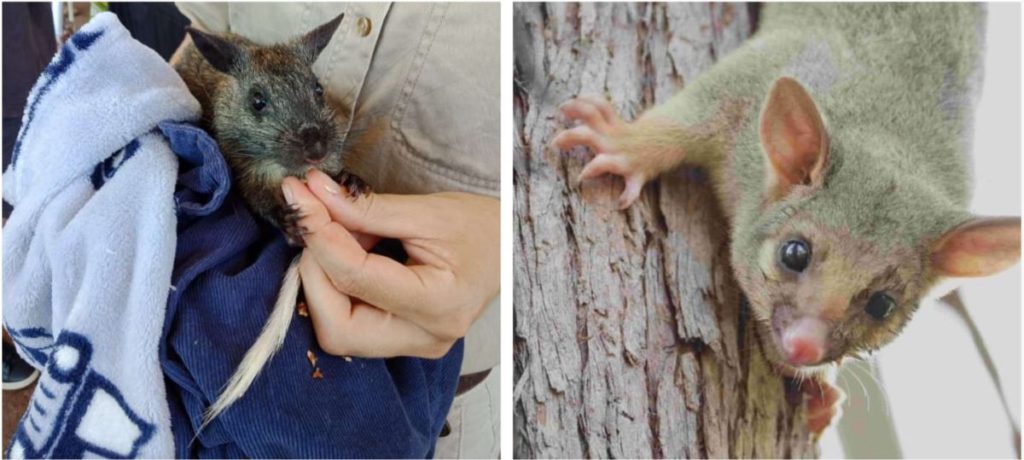
Greetings Friends,
This monthly newsletter (No. 34) includes; art workshop, Lee Point/Binybara update, old-growth forests, quiz, plants and wildlife.
1.0 Art workshop
A workshop was held 3-5pm Saturday 2 December at Darwin Community Arts, Coconut Grove to create Xmas art. Lots of Gouldian Finches, Tree-rats and Possums got painted.

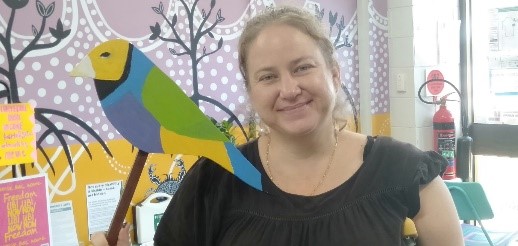
2.0 Lee Point/Binybara update
Lee Point Golf Course application – The Development Consent Authority (DCA) hearing on the application to build an 18-hole golf course at Lee Point has been rescheduled for next year, probably February 2024.
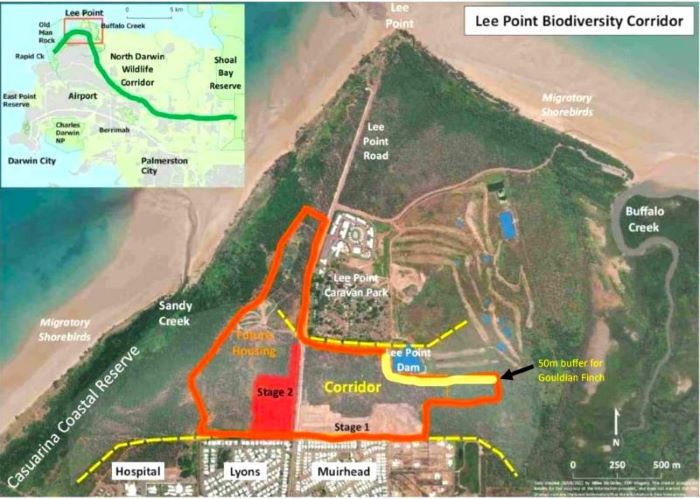
The map shows the disused 18-hole golf course with a series of small dams.
The main recommendation in FLP’s submission to the DCA in November was that: No significant developments should proceed at Lee Point/Binybara until the NT Planning Commission completes a comprehensive Area Plan for the whole of Lee Point.
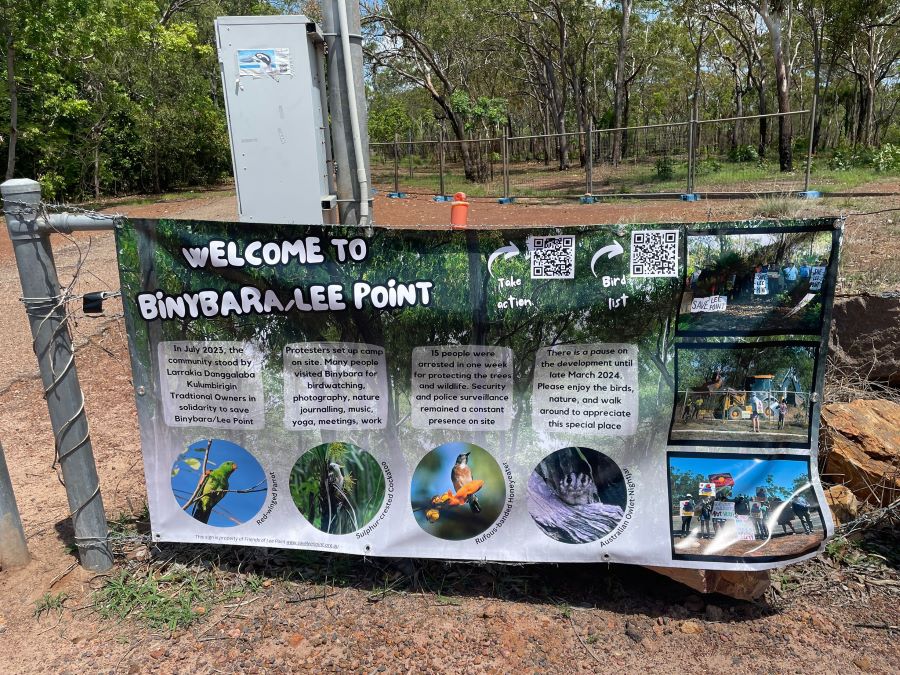
Missing Binybara sign
This sign has gone missing from Binybara. Anyone knowing its whereabouts is urged to contact: friendsofleepoint@gmail.com
3.0 Old-growth forests (part 2 of 2)
As old-growth trees disappear in the Darwin-Palmerston area so will tree hollows. Without tree hollows certain Top End native species will not breed ….read more
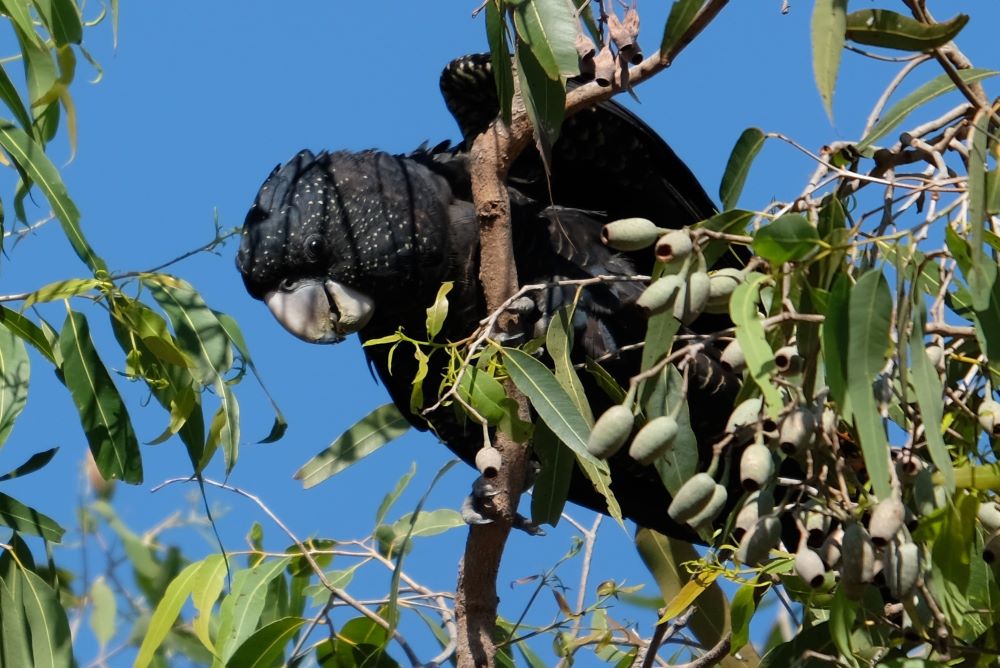
Red-tailed Black Cockatoos only breed in large hollows that occur in old-growth trees.
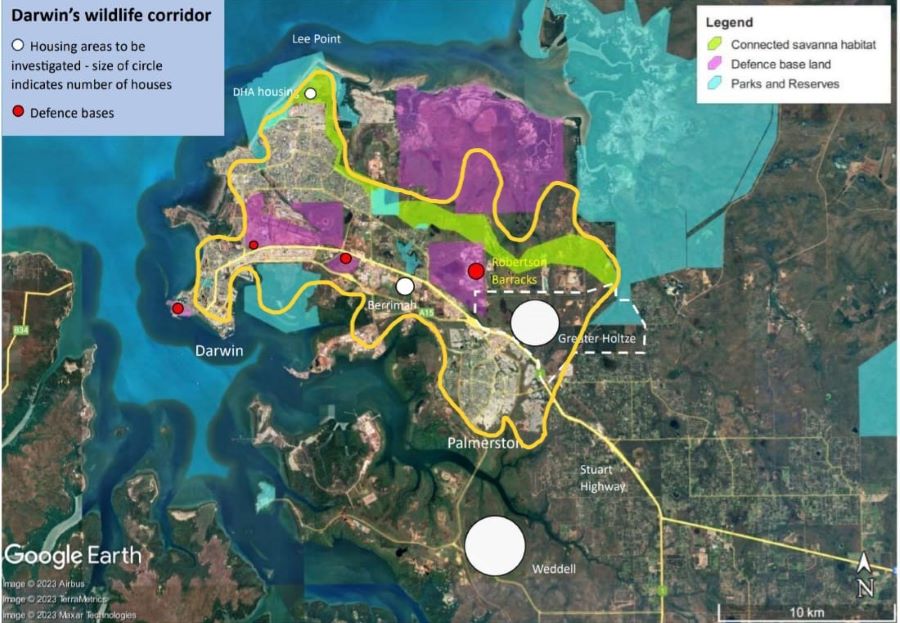
Map of Darwin-Palmerston study area (yellow) and Darwin Wildlife Corridor (green)
Old-growth tree study – In 2022-23, FLP undertook a preliminary study in the Darwin-Palmerston area (212 sq km) to predict what old-growth trees would be left in the future. The Darwin Wildlife Corridor was important in the study because having old-growth trees/savanna habitat connected to the rural area is critical for protecting Darwin’s mammal population.…. read more
Key findings from this preliminary study, assuming no further clearing takes place at Lee Point, were that:
By 2040, the Darwin-Palmerston area is expected to lose the majority of its old-growth trees and of those remaining (~4200), less than 30% will be in the Darwin Wildlife Corridor.
The DHA land at Lee Point contains a significant portion of the old-growth trees in the Darwin Wildlife Corridor, and the majority of old-growth trees at Lee Point.
In 2020 Lee Point had over 700 old-growth trees. Clearing of DHA Stage 1 (in 2021) and partial clearing of Stage 2 (in 2023) resulted in a 10-15% loss of old-growth trees at Lee Point and a 5-10% loss at the Darwin Wildlife Corridor.
Black-footed Tree-rat. Northern Brushtail Possum at Lee Point
Lee Point is considered by Charles Darwin University to be vital habitat for small mammals such as the endangered Black-footed Tree-rat and threatened Northern Brushtail Possum.
Protecting the rare old-growth stands of savanna trees at Lee Point is about protecting Darwin’s last wildlife corridor, Darwin’s biodiversity, and ultimately Darwin’s quality of life for future generations.
4.0 Quiz
Binybara bush food – name the two fruit? Answer at the end.


5.0 Plants and wildlife
All these live at Lee Point/Binybara and catch insects.
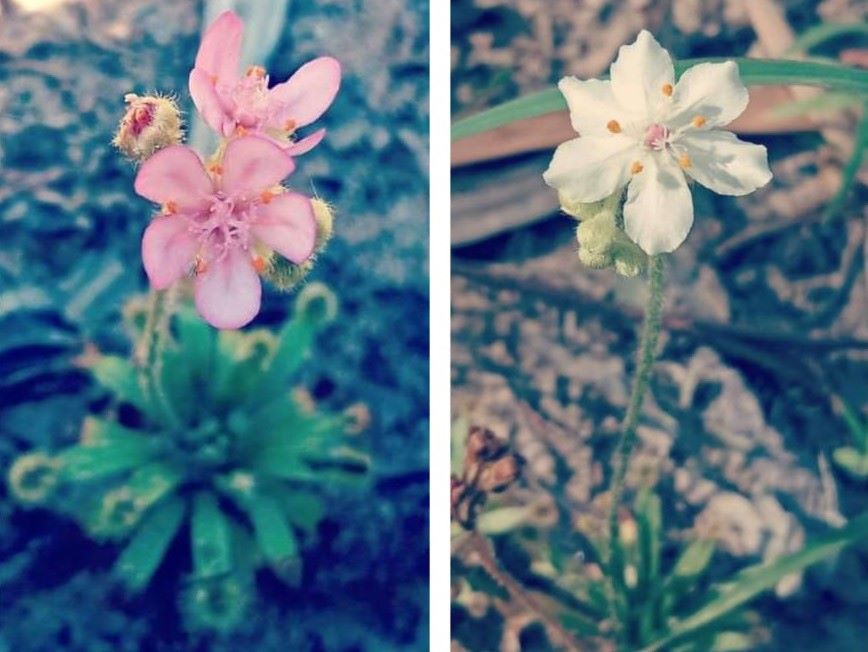
Sundews (Drosera spp.) – same species different colour?
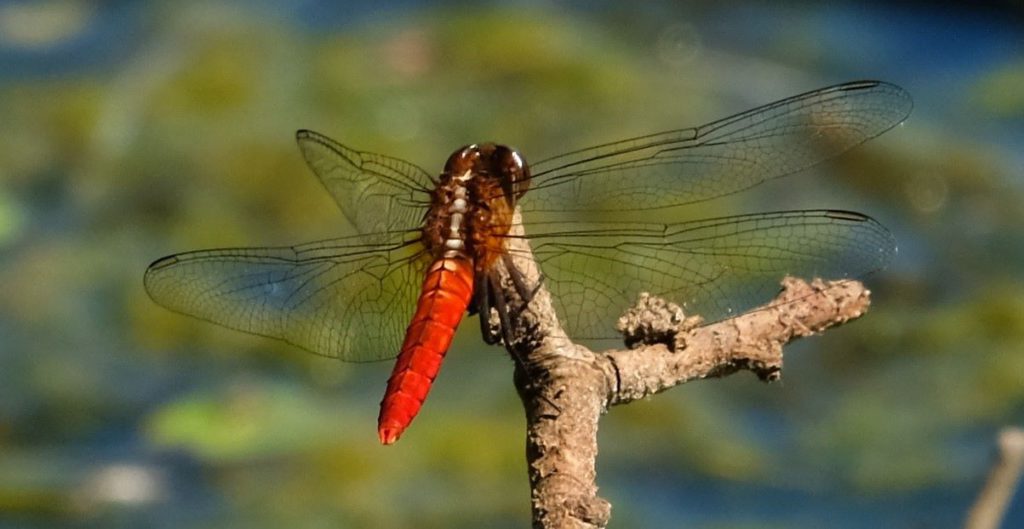
Red Arrow Dragonfly (Rhodothemis lieftincki)
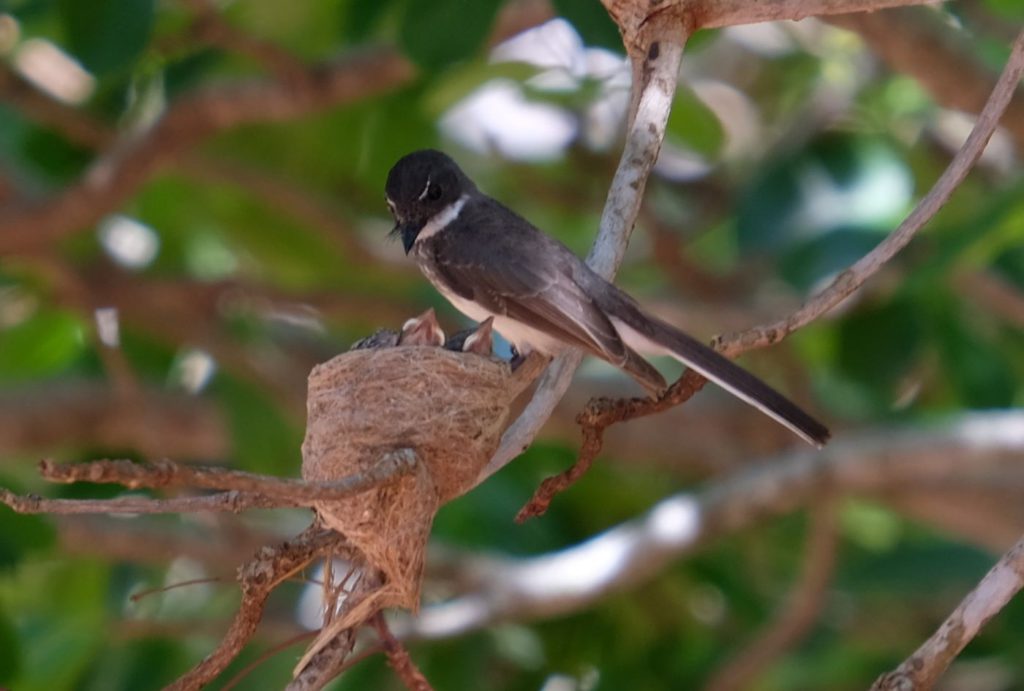
Northern Fantail nesting
For the latest bird sightings in this area – see ebird.
Wishing you a Merry Xmas and a happy New Year.
Answers to Quiz on Binybara bush food:
Green Plum (Buchanania obovata)
White Currant (Flueggea virosa)
Green Plum and White Current are ripening at the moment. Green Plum gets top billing as the tastiest native Top End plant on the GULP website.
